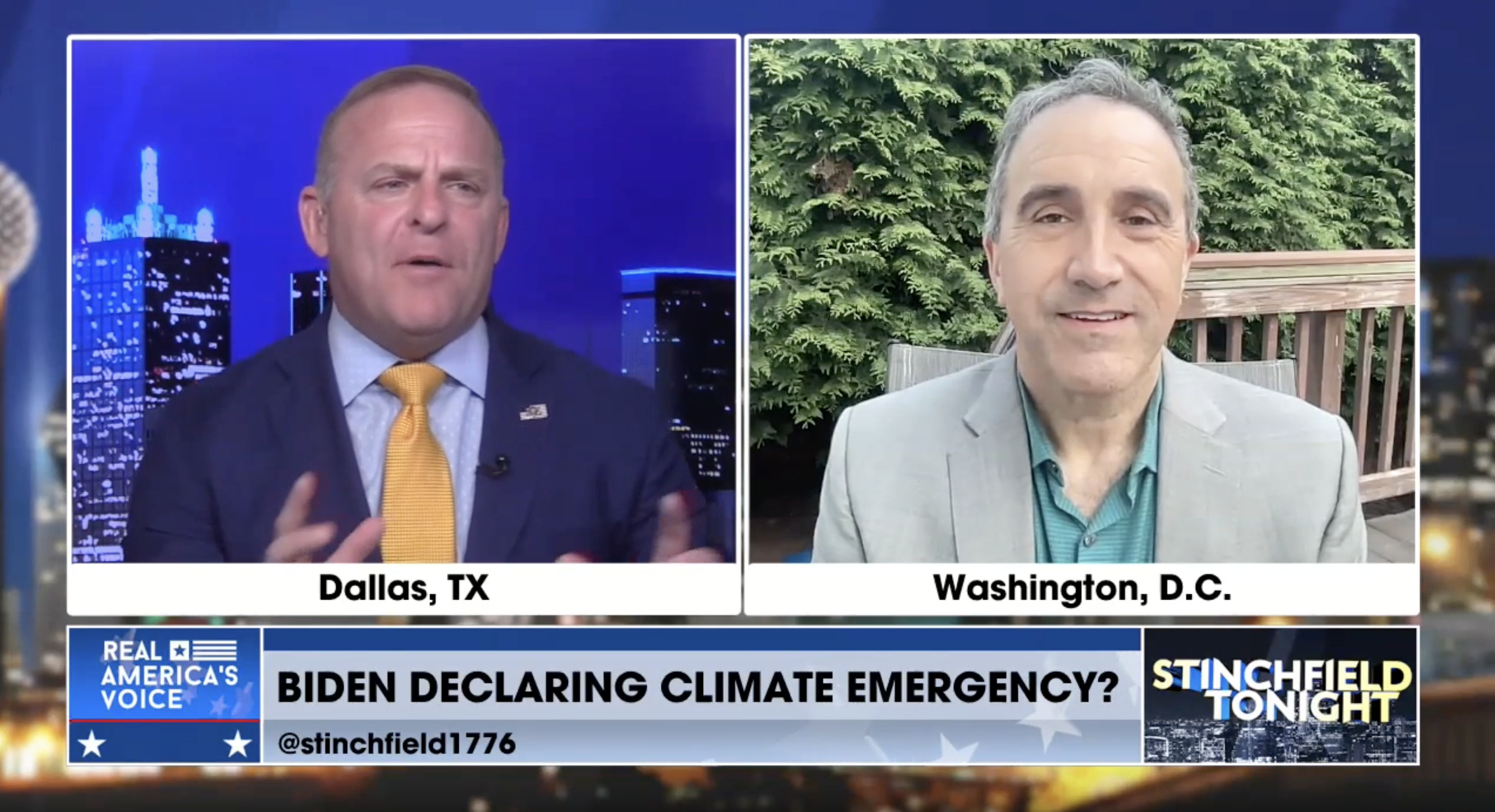We live on a beautiful planet, filled with a dizzying assortment of interesting creatures and living organisms. The vast majority of people want to see that life flourish, so it is no wonder that particularly attractive species like cute (usually) polar bears and colorful corals are often used to promote climate alarmism.
Corals and polar bears are two very different kinds of animals in all ways but one: climate alarmists love to claim they are particularly threatened by the modest warming that has occurred since the end of the Little Ice Age. Those claims are false.
For coral reefs, changes in ocean pH and temperature can cause bleaching, and sometimes death. Therefore, a change over time in both of those variables due to increasing atmospheric carbon dioxide (CO2) supposedly will lead to mass elimination of corals around the world.
It is true that sudden changes in temperature and other water conditions can cause bleaching, which occurs when the symbiotic algae that gives coral structures their color is killed or jettisons itself. However, what is not true is that this phenomenon always or even usually leads to coral death. In reality, decades of research have shown that corals often bounce back from these events, including in cases where scientists had previously labeled the reef as a total loss.
Such was the case with Coral Castles reef, which was bleached by a 1998 El Niño event. When scientists returned to take another look in 2015, they were stunned to find it thriving. This occurred despite the fact that they had predicted the reef would take 100 years to recover. Later, the researchers stated in a press release that “[o]ur projections were completely wrong.”
Coral polyps, the anemone-like animals that actually build the reef structure, can struggle in “too much” heat. But corals typically thrive in warmer waters, not cold, and have survived for the past 60 million years through periods where temperatures and carbon dioxide levels were far higher (and lower) than they are today. The vast majority of corals exist in tropical or subtropical waters, near the equator, and rather than disappearing, have been expanding their range slightly towards the poles amid recent modest warming trends.
The Great Barrier Reef (GBR), subject of frequent climate alarmist propaganda, is also doing fine. Recent bleaching events, especially around 2012, in the GBR were hailed as the permanent end of the reef by climate doomsayers. However, the GBR had other plans. In 2022, the GBR saw the highest coral extent on record.
That’s the tropics; now we put on the long underwear and look to the far North, to probably the most famous animal poster child for the supposed threat of climate change: the polar bear.
Polar bears are threatened, we are told, because summer sea ice is melting, and soon the polar bears will not have access to their traditional hunting grounds and prey. This sounds like common sense, but even common sense is sometimes wrong, as with the polar bears.
Far from dying off from a little warming, polar bear numbers have substantially increased since the 1960s, when they were protected from overhunting. Recent estimates put their population somewhere around 32,000 individual bears, three times as many as the U.S. Fish and Wildlife Service counted in the 1960s. While some subpopulations have seen declines, new subpopulations are still being discovered. Polar bears have survived during periods of Earth’s history when summer sea ice was basically nonexistent, like during the much warmer Eemian period, about 125,000 years ago.
Photographs of starving, sickly bears circulated in the media are intentionally misleading. They are meant to paint a picture that is very different than reality. Data show that polar bears are carrying more fat into the winter months than they did in decades prior, and they have better rates of cub survival and more stable litter sizes. The overall outlook for polar bear welfare looks highly promising.
In short, real-world data show that both polar bears and coral reefs are doing far better than alarmists would have you believe is the case based on flawed climate models. Stick to the data, and you will find good news for animal and nature lovers everywhere.
Photo by Marko Dimitrijevic. Creative Commons Attribution-Share Alike 2.0 Generic.



